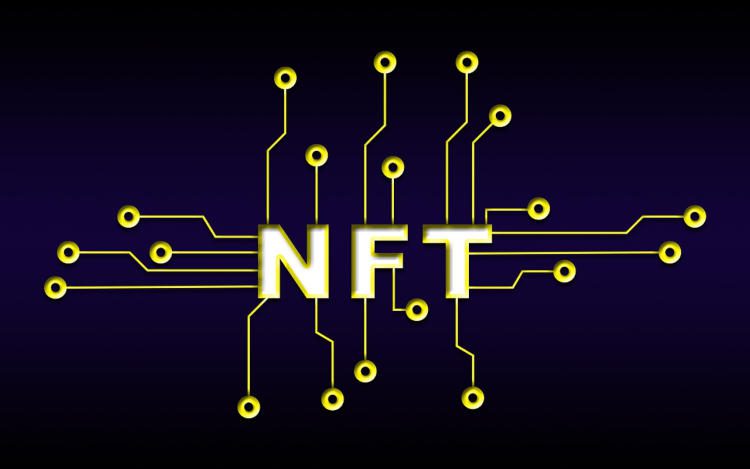It’s quite likely that you’ll have come across the term “NFT” – short for non-fungible token – in the mainstream media in recent years. It’s also quite likely that you still have no idea what that jargon actually means. However, it emerged on the news last year that a 12-year-old boy from London in the UK had made over £290,000 (almost $400,000) from selling his own whale NFTs online.
Those eye-popping figures have prompted many people to sit and up take note, asking themselves if they too should become involved in buying or selling these innovative new digital assets. Of course, as with any investment, it’s imperative you make sure you fully understand the commodity you’re purchasing, which is why reading over a comprehensive guide to buying NFTs is advisable prior to dipping your toes into the market. For now, though, here’s a brief introduction to the concept.
What are NFTs?
Let’s start with the basics: the name. The non-fungible part here refers to the fact that NFTs cannot be traded for anything else of an equivalent value. Two $5 bills can be traded for a $10 bill, for example. NFTs are unique commodities in their own right. This is where they differ from cryptocurrencies, too; although both are digital assets, the latter are fungible.
If that doesn’t overly clarify things for you, it’s enough to know that NFTs are, generally speaking, digital artworks. This could be an image, video, piece of music or other virtual asset – Twitter founder Jack Dorsey recently made headlines by selling his first ever Tweet for almost $3 million. By buying an NFT, the buyer acquires the exclusive property rights to the artwork.
Can’t someone just download the artwork themselves?
Strictly speaking, yes they can. Regardless of who owns the NFT of an image, video or audio file, if it is still widely available on the internet, anyone can download it to their own desktop. However, in this instance they would be owning a copy of the artwork rather than the original – and that makes all the difference.
Just as someone could forge a painting by Pablo Picasso – or simply buy a fake from someone else – that would not mean that they would actually own a genuine Picasso. As such, the value of their own (copied) asset is far smaller than that of the original. NFTs function on exactly the same principles.
Should I invest in NFTs?
This is a question that only you can answer. However, you should be aware (as with any investment) that there is a degree of risk involved. While NFTs are exchanging hands for millions of dollars right now, it’s entirely possible that interest will wane in them in the future and their value will drop suddenly. That could leave you with a worthless digital asset and a sizable hole in your pocket.
On the other hand, if you have a keen eye for digital art and can afford the outlay, an NFT could prove a savvy investment. It’s also just a cool way to acquire some artwork that you like the look of and that no one else possesses, while also showing your support for the artist in the process.
No one can tell you whether or not an NFT is a smart investment for you, but hopefully you’re now equipped with more knowledge to make an informed decision for yourself.


